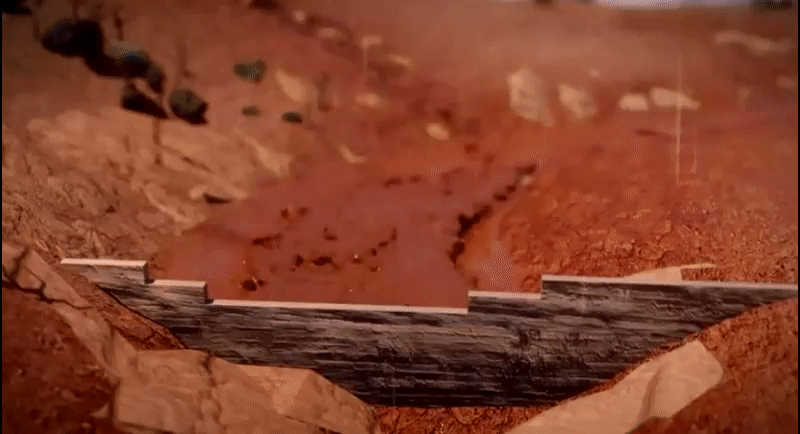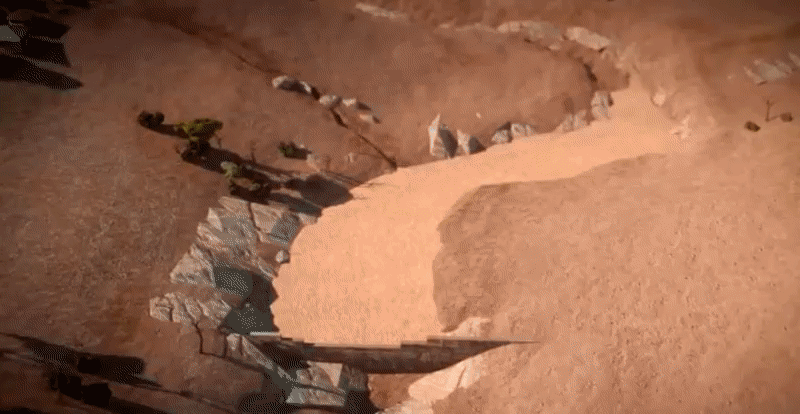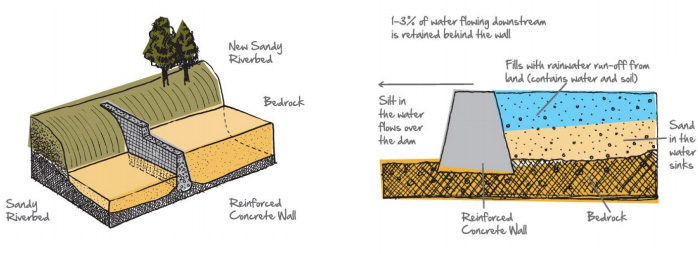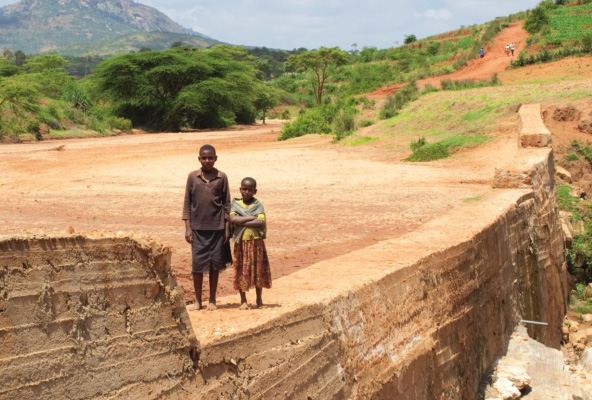When it rains, it can pour, but in the world’s drylands the net result can be disastrous: flows of water washing away useful soil and what little gets left behind dries up, forcing locals to take long treks to find more during dry seasons. Unless, that is, these flows are stopped by sand dams.
Sand dams are simple but effective on multiple levels. Like normal dams, they involve walling off areas where water flows — channels that turn into streams and rivers when it rains. They trap water (up to millions of gallons per dam), which can sink into the sand for longer-term storage above the dam (then be tapped via pipes below).
Sand dams also help keep valuable soil in place, preserving and creating new areas of arable land around them. The sand also helps filter and protect these water sources from contamination and disease.
So far, the charity pioneering these (called Excellent) has worked in multiple countries across Africa to construct around 1,000 sand dams, but they are branching out, too, aiming to take this technology to South America and South Asia as well. Their strategy is to partner with communities, helping them build out sand dams and spread knowledge of their construction as well.
“Sand dams transform lives,” explains the charity. “They provide a sustainable, clean, local source of water for rural communities, saving time and creating opportunities for farming, education and poverty alleviation. By breaking the cycle of dependence Sand Dams create choice; freeing people to realise their own potential.”



